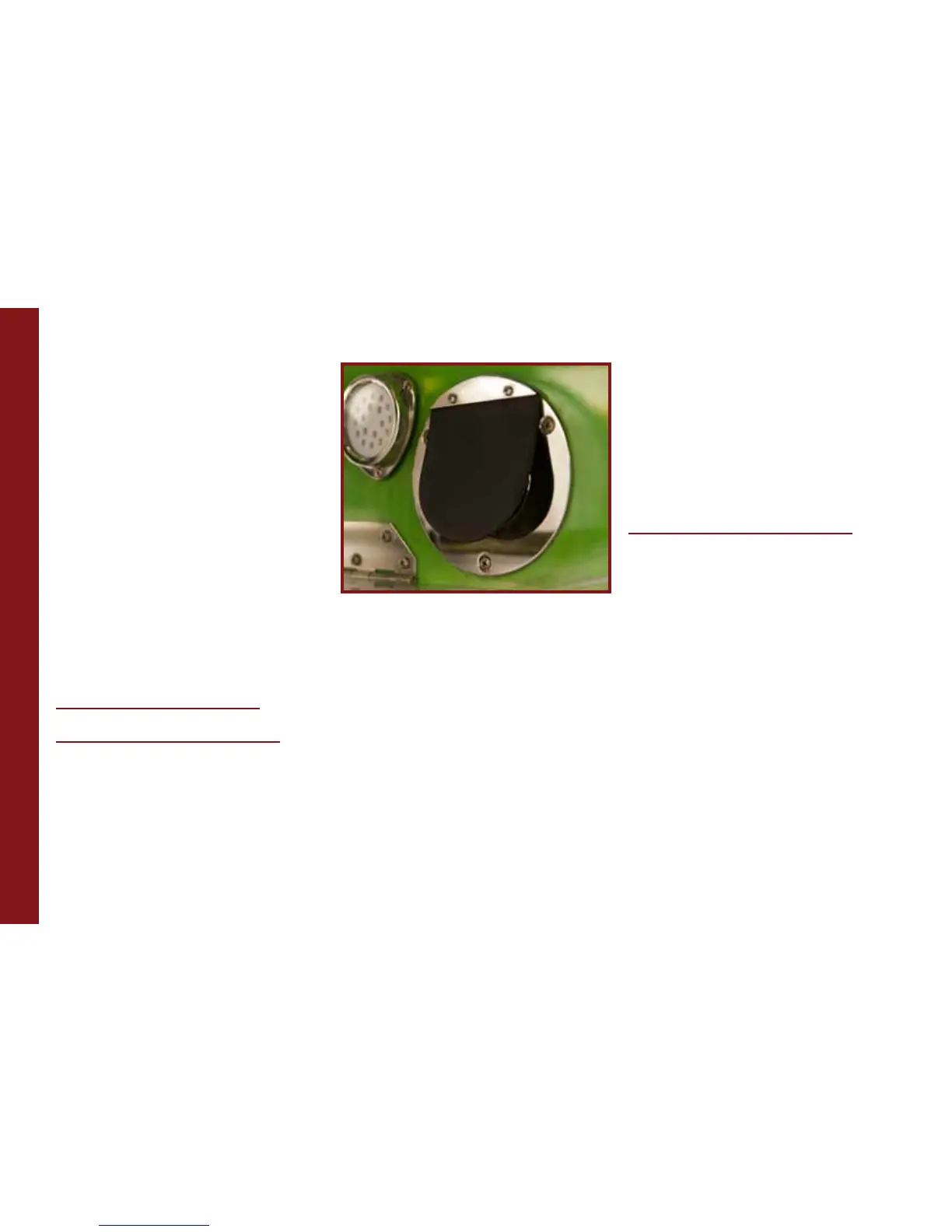exposure to high concentrations can kill
you and all on board.
Early symptoms of CO poisoning in-
clude irritated eyes, headache, nausea,
weakness and dizziness. These can be
confused with seasickness or intoxication.
Altitude, certain health-related problems,
and age will increase the effects of CO.
Persons who smoke or are exposed to
high concentrations of cigarette smoke,
consume alcohol, or have lung disorders
or heart problems are particularly suscep-
tible to an increase in the effects of CO.
However, anyone can be affected. Another
factor to consider is that physical exertion
accelerates the rate at which the blood ab-
sorbs CO.
Emergency Treatment for CO
Poisoning
CO poisoning or toxicity is a life-threat-
ening emergency that requires immediate
action. The following is a list of things that
should be done if CO poisoning is suspect-
ed. Proceed with caution. The victim may
be in an area of CO concentration, which
means you or others could then be in dan-
ger from exposure to CO:
• Evaluate the situation and ventilate the
area if possible.
• Evacuate the area and move the affected
person(s) to a fresh air environment.
• Observe the victim(s).
• Administer oxygen, if available.
• Contact medical help. If the victim is
not breathing, perform rescue breathing
or approved cardiopulmonary resuscita-
tion (CPR) as appropriate until medical
help arrives. Prompt action can mean the
difference between life and death.
• Shut off potential sources of CO, if pos-
sible. Correct ventilation problems and/
or repair exhaust problems as appropri-
ate. Investigate the source of CO and
take corrective action, such as evacuat-
ing and ventilating the area or shutting
off the source of the CO, while at the
same time evacuating and ventilating
the area.
Where CO May Accumulate
Carbon monoxide can accumulate any-
where in or around your boat. This in-
cludes, but is not limited to:
• inadequately ventilated canvas enclo-
sures.
• exhaust gas trapped in enclosed places.
• blocked exhaust outlets.
• another vessel’s exhaust. CO from the
boat docked next to you can be just as
deadly as that emitted from your own
boat.
• back drafting from your own boat’s ex-
haust.
• at slow speeds, while idling or stopped.
Be aware that CO can remain in or
around your boat at dangerous levels
even if your engine or the other boat’s
engine is no longer running!
Page 1-8 2014 MasterCraft Owners Manual • Safety Knowledge
S A F E T Y K N O W L E D G E

